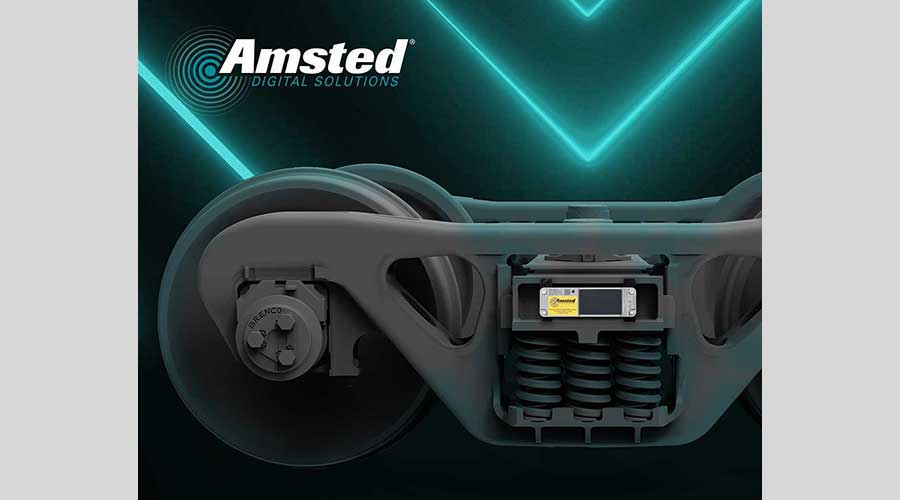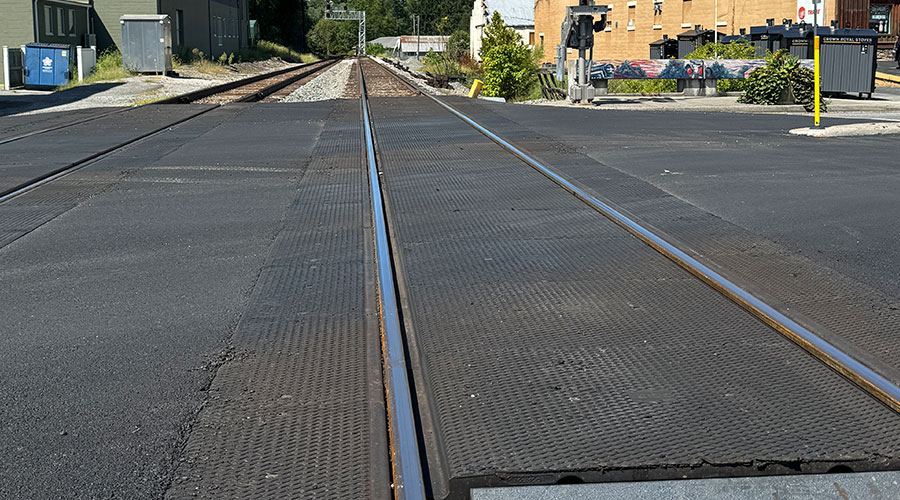Stay updated on news, articles and information for the rail industry
April 2022
Rail News: C&S
Today's monitoring technologies
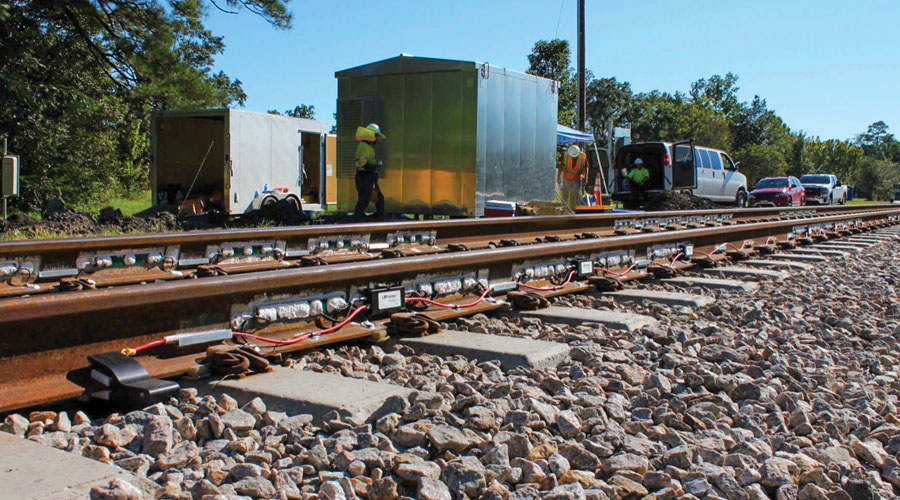
By Michael Popke
L.B. Foster Co.
L.B. Foster Co.’s Rail Technologies and Services business offers wayside technology to monitor safety, increase network velocity and “assist in the enablement of the digital railway,” company officials said in an email.
The company’s Salient Systems division recently launched Mk-IV, its next-generation Wheel Impact Load Detector (WILD). The system continually monitors rail vehicle wheel health to ensure safe and productive train operations, and introduces rail computing that “further improves the company’s strain gauge accuracy,” company officials said.
Mk-IV mounts directly to the rail, which allows for 100 times more data collection points compared to a traditional WILD. The system measures impact forces caused by damaged wheels and provides callouts on a per-train basis, as well as periodic site-health reports through its web-based wheel data management system portal.
NLP Logix
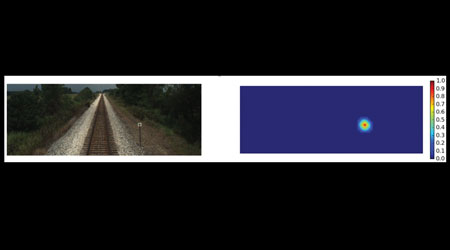
Forward-facing cameras on a locomotive capture and analyze video footage of track — then, NLP Logix’s artificial intelligence-powered solution uses computer vision algorithms to identify the presence (or absence) of mandatory signage in known locations. The process enables daily review of all track miles and requires human intervention only when a potential missing sign is identified, company officials said. A similar model can be constructed for other track maintenance issues that can be visually identified.
With NLP Logix’s solutions, train maintenance also can become semi-automated, and improper cotter pin connections can be detected using LiDAR images taken with a drone flying over the hump yard — eliminating the need to manually check connections, company officials said.
Additionally, NLP Logix’s machine-learning models can be used to identify insights from other onboard system data, such as sensor data. One involves determining the predicted fuel burn based on the condition of the train, the track, the forecasted weather, any current maintenance issues, the train’s load and other trains in the area. The models can be used for prediction alone or in combination with advanced analytics to allow further analysis, company officials said.
Pintsch North America
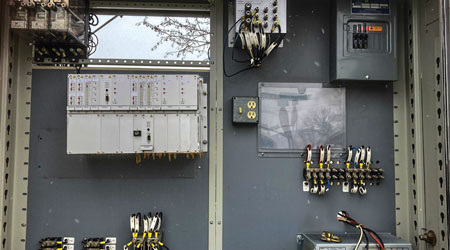
Modern train control methods are evolving in response to advances in communications and data processing. Increased safety and reliability require both additional data collection and methodologies for processing and reporting data in a concise and manageable format, said officials from Pintsch North America (previously known as Pintsch Tiefenbach).
Requirements such as positive train control — and its various checks and balances on rail operations — often require more than a simple track circuit. For example, detection of red-light overrun can be provided using a single wheel sensor and a specialized directional switching-amplifier module that provides an output governed by direction of movement, company officials said. When interfaced with a processor — and with appropriate software incorporating sequence and context — such unsafe conditions can be reported, they added.
Overspeed operation also can be detected. Pintsch North America’s wheel sensors and amplifiers — “the standard for speed measurement in North American hump yard operation for years,” according to the company — where speed data is used to control retarders and provide the inputs necessary to ensure a proper distance to couple. The same speed measurement process can be applied to other phases of the freight rail or transit environments at speeds up to 150 mph, company officials said, noting that wayside monitoring applications for axle counting are particularly desirable where additional monitoring or control data must be collected atop existing track circuits and signal infrastructure.
Railhead Corp.
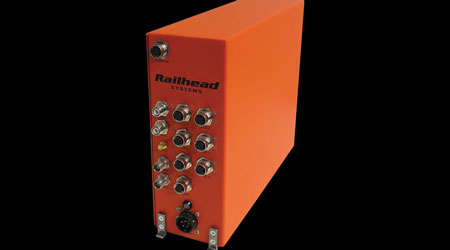
Railhead Corp. offers onboard remote monitoring and video systems for locomotives, cab cars and track vehicles. The company’s systems are installed at Class Is, short lines, and light- and commuter-rail systems worldwide.
The systems process multiple data feeds from on-train event recording equipment to deliver fault alerts as they occur, to control rooms and repair shops, enabling railroads to know where their assets are at all times, Railhead officials said. The company also offers a 4K system that supports up to 12 cameras and delivers high video quality.
Railhead’s LDVRHD4K is Mil-Spec-, FRA- and SAE-rated for durability and reliability in harsh railroad environments. The LDVR-HD/4K recorder is wireless-ready and can integrate with crash-hardened memory modules and event recorders.
The integrated video and data streams from the LDVR — combined with system data feeds from multiple on-train devices — enable railroads to add real-time data to the control room overview to provide a complete picture of rail asset status to the mechanical department and emergency personnel, engineers and operators, Railhead officials said.
Siemens Mobility
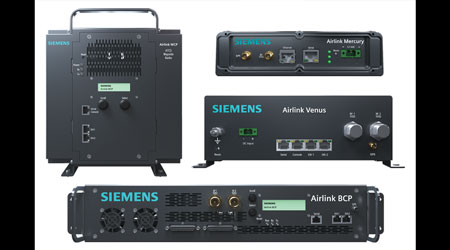
Siemens Mobility has partnered with Ondas Networks to create the Airlink MC-IoT Wireless Communication System.
Airlink MC-IoT consists of a software-defined base station and remote radios based on IEEE 802.16s — the standard for broadband, wireless and fixed/mobile access systems, company officials said. Airlink radios enable wide-area, standard Internet Protocol (IP) connectivity, enabling railroads to transition from multiple, single-purpose networks to a common, managed, multipurpose/multi-band network that can leverage railroads’ investment in RF spectrum and physical infrastructure that is already in place.
The Airlink MC-IoT radio system includes dual-mode base station and wayside radios that are over-the-air compatible with Siemens Mobility’s legacy ATCS base station and wayside radios, giving railroads a “cost-effective migration path to a standard IP-based network, company officials said. The network can utilize the newly allocated 900-MHz nationwide railroad frequency band. It also can better serve railroads’ data intensive onboard and wayside monitoring systems while reducing their reliance on cell and satellite communications — thereby realizing a significant reduction in operation costs, Siemens Mobility officials said.
The new radios feature encryption, authentication and authorization for secure operation; they can be updated and configured remotely, and have been extensively tested in operation, company officials said.
VisioStack Inc.
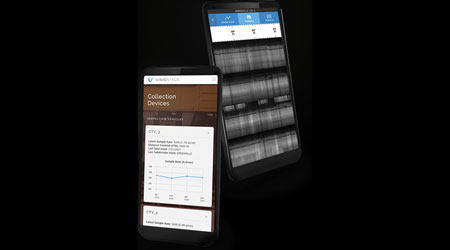
VisioStack’s RailLinks® integrates data from both onboard and wayside monitoring systems into a single platform to provide up-to-date asset health metrics. RailLinks is designed to accelerate analytical processing and interactivity of data streams through “powerful visualizations,” company officials said. It also bridges the gap between monitoring systems to provide a global view of asset health, they added.
RailLinks combines asset definition, condition and operational data sources to formulate a structured, foundational repository. A cloud workflow layer integrates custom analytics, providing automation, flexibility and scalability in analyzing data from onboard and wayside monitoring systems. The analytics layer provides summarized and actionable information from which maintenance operations can be planned.
Key modules include RailLinks Infrastructure, which provides automated asset and condition data ingestion, visualization and mobile applications for field use; RailLinks AI, a classification and object detection platform that works with many common imagery streams; RailLinks Predict, which provides user-driven analytics through configurable plugins and workflows; and RailLinks Field Inspection, which provides regulatory inspection and maintenance tracking for back-office planning or front-line data entry.
voestalpine Signaling
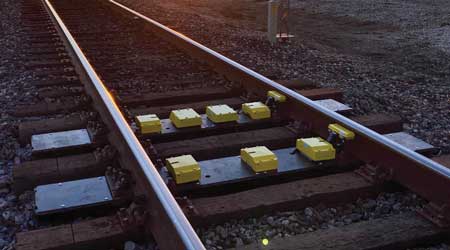
Classic hot box and hot wheel detection systems have been in use for decades to detect overheated wheelset and axle bearings. However, other critical train components and conditions also can be monitored using infrared technology, voestalpine Signaling officials said.
With installations in Australia, Spain and North America, voestalpine Signaling is applying the temperature measurement concept to monitor traction motors, gear boxes and motor bearings on freight and suburban rail network lines.
“The challenge in this case is that the monitored components, in contrast to wheelset bearings, are not located directly on the axle,” company officials said. “Using ‘multi-beam’ systems, a wider measurement range can be covered, and additional information is extracted from the existing measurement data to provide users with complementary options to monitor their rolling stock.”
Multi-beam technology also can be used to detect grinding wheels by identifying an increased temperature on the wheel rim caused by friction between the wheel and rail.
The company “bundles all global activities” of voestalpine Railway Systems in the field of signaling technology and offers customized solutions in the areas of drives, lockings, detection systems and signaling solutions, diagnostic and monitoring technologies for rolling stock and infrastructure, and axle-counting systems, voestalpine Signaling officials said.
ZTR Control Systems LLC
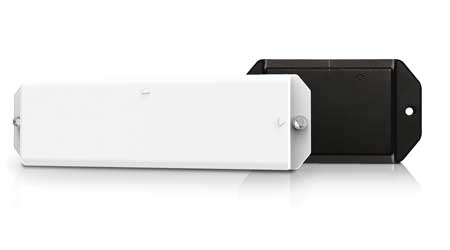
ZTR offers monitoring systems that provide customers with insights into key status information onboard locomotives, rail cars, maintenance-of-way equipment and rental assets. The company has developed and applied technology that extends or upgrades its existing systems.
ZTR’s Railway Internet of Things (RIoT) products and services allow for the application of monitoring systems to assets that aren’t already equipped with its solutions. Data points such as location, load status, faults, fuel level, run hours, hard impact and battery voltage represent typical starting points for new RIoT customers, ZTR officials said. The company’s solutions enable end-to-end visibility through the application of telematics devices and sensors, as well as the secure capture and presentation of data.
PIVOT is ZTR’s advanced rail-car remote monitoring solution, which was created in partnership with BlackBerry™. It integrates with existing business systems and meets railway efficiency requirements to help customers see beyond location, avoid downtime, prioritize maintenance requirements, increase reliability and more, according to the company.
Michael Popke is a Madison, Wisconsin-based freelance writer. Email comments or questions to prograil@tradepress.com.


 LRW Honors Amtrak’s Acheson As Railway Woman Of The Year
LRW Honors Amtrak’s Acheson As Railway Woman Of The Year
 From Editor-In-Chief Foran: Of Gender Equity And Inclusion
From Editor-In-Chief Foran: Of Gender Equity And Inclusion
 Spotlight On Some Of Today’s Rail Safety Products
Spotlight On Some Of Today’s Rail Safety Products
 Women of Influence in Rail eBook
Women of Influence in Rail eBook
 railPrime
railPrime




